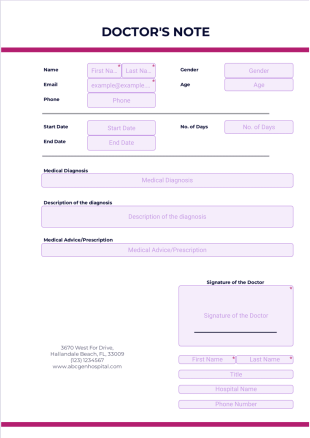Rent Ledger FAQs
1) What is a rent ledger, and what is it for?
A rent ledger is a simple yet essential record-keeping tool used by landlords and property managers to track their tenants’ rental payments. It documents all rent-related transactions, including due dates, amounts paid, outstanding balances, and any late fees incurred.
Here's what people use rent ledgers for:
- Record keeping: Each month, the landlord or property manager enters the relevant details in the ledger, such as the rent amount due and the due date. They also record the date and amount of each payment from a tenant.
- Tracking payments: Landlords can easily track payments, identify late or missed payments, and calculate any late fees incurred.
- Communication: A rent ledger can promote transparent communication between the landlord and tenant. For example, the landlord can quickly update tenants on any discrepancies by sharing a screenshot of the ledger that shows their payment history.
2) Why is it important to keep a rent ledger?
Maintaining a rent ledger is crucial for both landlords and tenants, as it fosters a clear understanding of rental payment history and ensures tenants meet their financial responsibilities. For landlords, a rent ledger simplifies tasks like tracking income, managing rental properties, and identifying late or missed payments — essential for accurate financial reporting and tax purposes. For tenants, having access to an up-to-date rent ledger confirms their payment history and helps avoid misunderstandings or disputes.
3) What information should a rent ledger include?
These are the key elements to include in a rent ledger.
- Tenant's contact information: This information clearly identifies the tenant and allows for easy communication.
- Tenant’s address: Adding the property address helps with organizing multiple rental properties or units and the information associated with each.
- Rent due date: The rental agreement for each property typically specifies the date when a tenant is required to pay the rent each month.
- Rent amount due: The monthly rent amount agreed upon in the lease should remain consistent unless the rental agreement changes.
- Late fees (if applicable): If a tenant pays their rent late, the landlord should document the additional fees incurred (as stated in the rental agreement) in the rent ledger.
- Total balance: This should reflect the total amount the tenant owes, including past-due rent, late fees, and current rent.
- Rent amount paid: The landlord should document the actual amount the tenant has paid each month. This section helps track partial or full payments and helps identify outstanding balances.
- Payment date: The landlord or property manager should document the date when they receive the rent payment. This section is useful for tracking on-time or late payments.
- Payment method: Including details on the method of payment the tenant used (e.g., check, cash, electronic transfer) can be helpful for reference and potential dispute resolution.
- Notes: It’s useful to have a dedicated space for additional information, such as maintenance requests, agreed-upon rent adjustments, or other relevant details.
4) How often should you update a rent ledger?
Ideally, a landlord or property manager should update a rent ledger each time the tenant pays rent or when any changes occur in the rental agreement. In most cases, this means updating the ledger on a monthly basis, since rent payments are typically due once a month. However, if there are any additional transactions, such as late fees or rent adjustments, they should update the ledger accordingly to reflect these changes.
5) Who is responsible for maintaining a rent ledger?
In most situations, the landlord or property manager is responsible for maintaining the rent ledger, as they need to keep track of rental income, payment history, and potential discrepancies. However, tenants can also benefit from keeping their own rent ledger or requesting regular updates from the landlord to ensure their records match what the landlord has on file.






